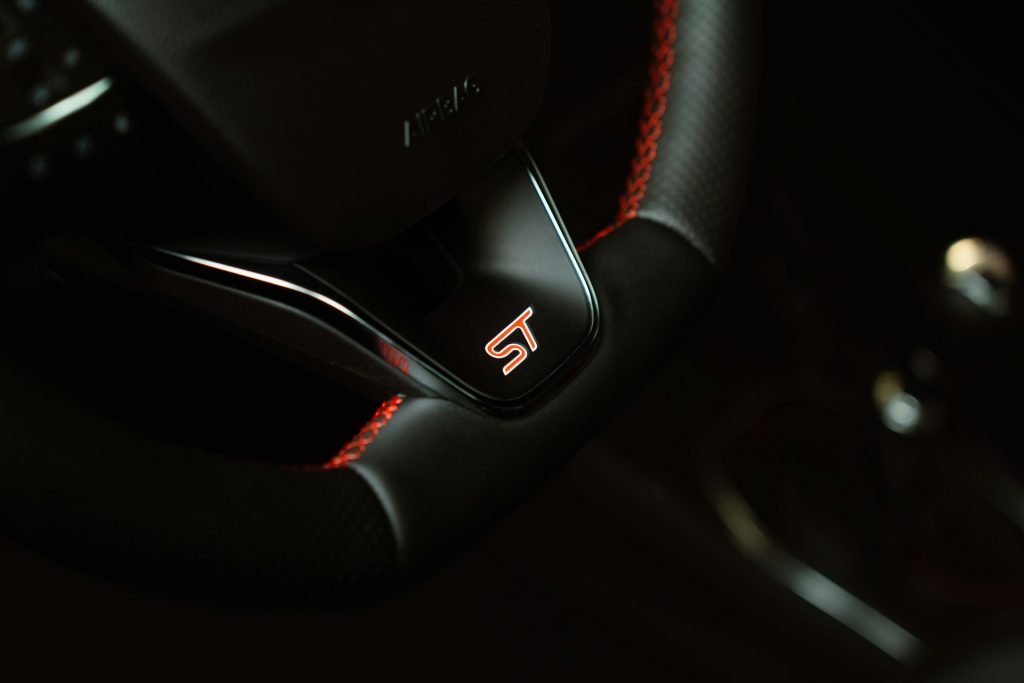
The Ford Puma is positioned as a crucial entry-level model, designed to attract buyers with its well-engineered chassis, modern interior technology, strong practicality, and competitive fuel efficiency. It serves as an appealing option before customers transition to larger models within the Ford range. More importantly, it aims to be a worthy successor to the pre-facelift version, which held the title of the UK’s best-selling car.
With the compact crossover segment becoming increasingly competitive, numerous manufacturers are capitalizing on the demand for SUVs. This has intensified the battle for consumer attention, with the Puma facing stiff competition from rivals like the Nissan Juke, Skoda Kamiq, Renault Captur, and Volkswagen T-Cross.
However, the Ford Puma has always had an edge. Before the pre-facelift version arrived in 2019, this category lacked a truly engaging driving experience. Built on the same platform as the now-discontinued Ford Fiesta, the previous Puma set the benchmark for driving dynamics in its class. Now, with this new iteration, Ford aims to uphold that legacy.
How the Ford Puma Compares to Its Rivals
The Puma’s UK lineup remains relatively straightforward. Under the hood, it features Ford’s 1.0-litre EcoBoost petrol engine, available in three power outputs: 123bhp, 153bhp, and 167bhp for the top-end ST variant. Each version benefits from mild-hybrid assistance and comes paired with a seven-speed automatic transmission as standard, although the 123bhp variant is also available with a six-speed manual gearbox.
Trim levels begin with the Titanium variant, followed by the ST-Line and ST-Line X. For those looking ahead, a battery-electric version of the Puma is in development, though it is not expected to be available until early 2025.
Strengths and Weaknesses
The Ford Puma remains a fuel-efficient, technology-focused crossover that has improved its driving dynamics. However, some cost-cutting measures have affected certain aspects of the vehicle.
Strengths:
-
Engaging and rewarding to drive across all trims
-
Significant improvements in interior technology
-
Impressive fuel efficiency
Weaknesses:
-
Some interior materials feel low-quality
-
Rear passenger space is not as generous as some competitors
-
Ride quality at low speeds could be better
Design and Styling
One of the standout aspects of the Ford Puma’s design is its lower stance compared to many competitors, giving it a sportier look. Additionally, every model is equipped with a mild-hybrid system to boost efficiency.
Pros:
-
Sleeker, sportier appearance due to lower ride height
-
Standard efficiency-enhancing mild-hybrid system
Cons:
-
Wider and heavier than the Fiesta, which it shares its platform with
-
Exterior design remains quite similar to the pre-facelift version
Interior and Features
Inside the Puma, Ford has completely reworked the cabin to include an advanced digital setup. A new 12.0-inch ‘floating’ infotainment touchscreen with the latest SYNC4 software is now standard. This is complemented by a 12.8-inch digital instrument cluster and wireless charging, available across all trim levels. Ford claims these new systems offer “twice the computing power” of the previous version, featuring over-the-air updates, built-in Amazon Alexa, and 5G connectivity.
Pros:
-
Clear and intuitive infotainment and gauge displays
-
Highly adjustable driving position for added comfort
-
Rear seats provide good support for passengers
Cons:
-
Some plastic surfaces feel cheap and unrefined
-
Interior design lacks the flair of certain competitors
-
Paddle shifters have been removed, which may disappoint some drivers
Verdict
The latest Ford Puma refines its formula by blending strong driving dynamics with enhanced technology and efficiency. While some cost-saving measures have slightly impacted its overall appeal, it remains a well-rounded crossover in a fiercely competitive segment. With an electric version on the horizon, the Puma is set to offer even more choices to buyers looking for an entry-level SUV with style, practicality, and engaging performance.






